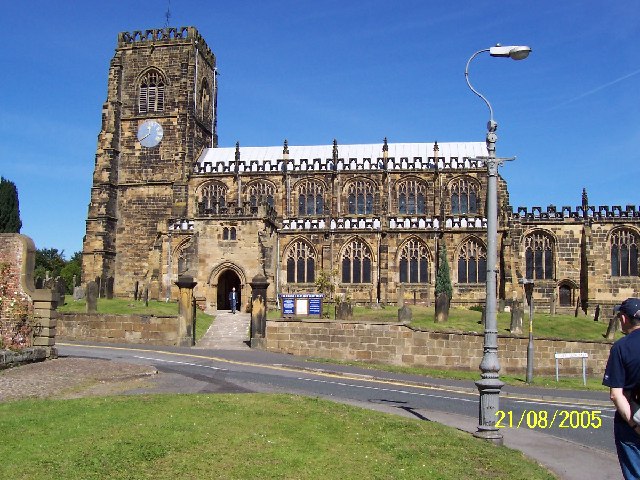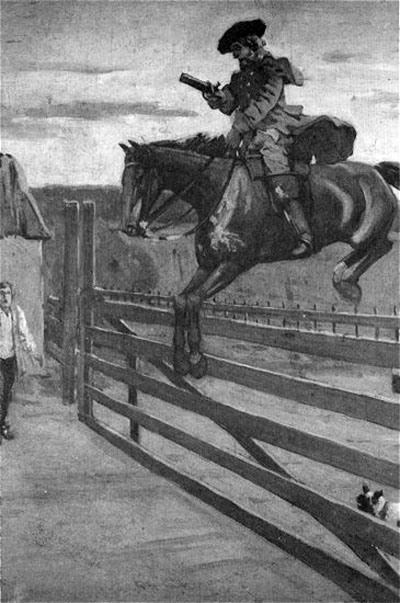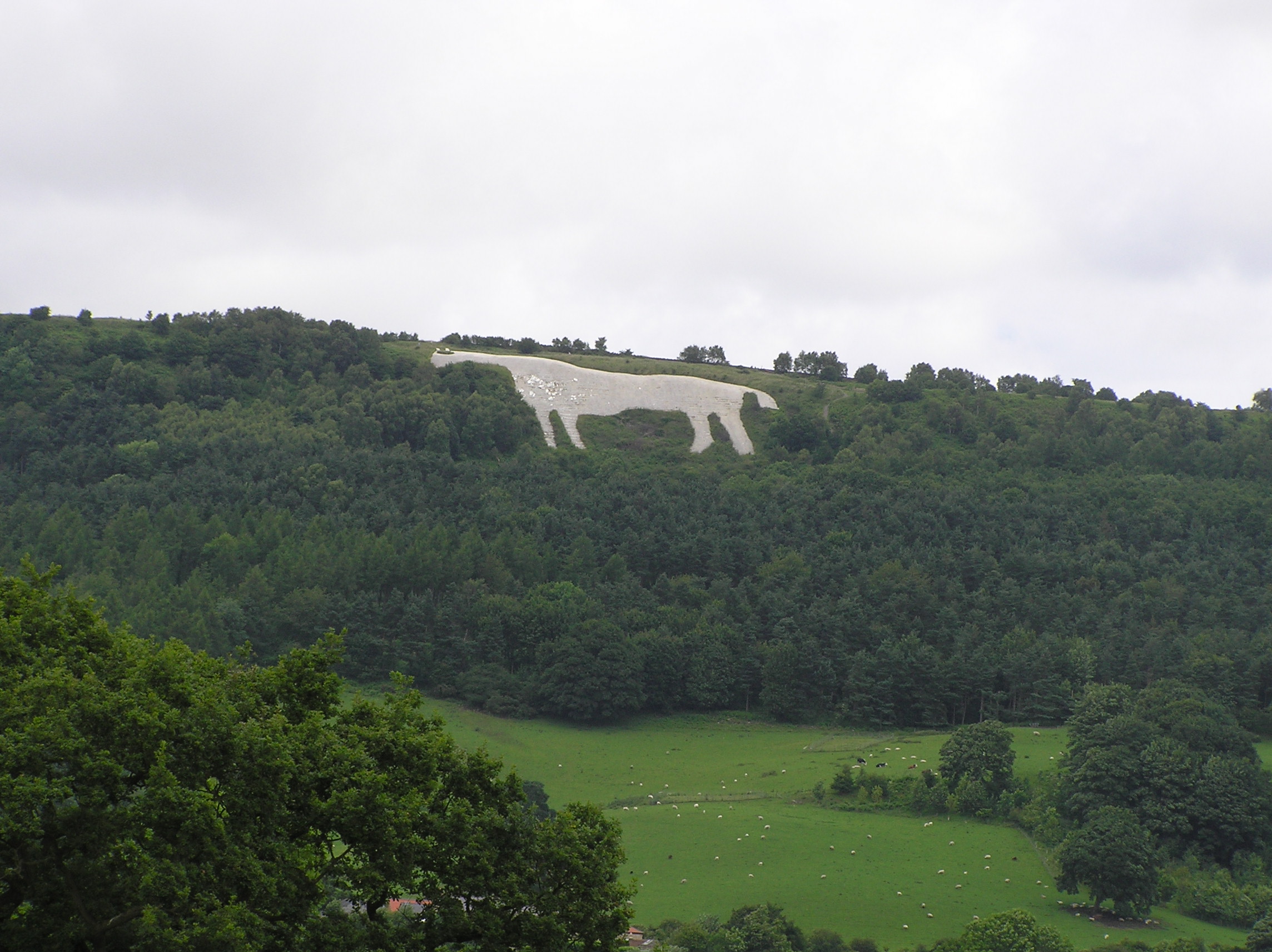|
Hambleton, Ryedale
Hambleton is a hamlet on the A170 road between Thirsk and Pickering in North Yorkshire, England. It lies on the Hambleton Hills 1 mile east of Sutton Bank. The 1856 Ordnance Survey map shows the Hambleton Hotel (later the Hambleton Inn) at the location, but no hamlet. By 1893 the wider settlement had appeared. The location was historically associated with horse racing. Horse racing here is recorded from the early 17th century, although in 1775 races were transferred to the Knavesmire in York. Training has continued at Hambleton, associated with nearby Hambleton House. The Hambleton Inn closed in 2015. Most of the hamlet is in the civil parish of Cold Kirby in Ryedale district. The south part of the hamlet, including part of Hambleton Inn, is in the civil parish of Kilburn High and Low Kilburn may refer to: Places * Kilburn, London, England ** Kilburn (Brent ward), a ward in the London Borough of Brent, England ** Kilburn (Camden ward), a ward in the London Borough ... [...More Info...] [...Related Items...] OR: [Wikipedia] [Google] [Baidu] |
A170 Road
The A170 is an A road in North Yorkshire, England that links Thirsk with Scarborough through Hambleton, Helmsley, Kirkbysmoorside, Pickering. The road is ; a single carriageway for almost its totality. The route has been in existence since prehistoric times and there are folk-tales about famous people from history using it. When turnpikes were installed between York and Coxwold and Ampleforth, drovers would take their cattle this way because it was wide enough and meant they avoided paying the tolls. Settlements * Thirsk * Sutton-Under-Whitestonecliffe * (Sutton Bank) * Sproxton * Helmsley * Beadlam * Nawton * Kirkbymoorside * Wrelton * Aislaby * Middleton * Pickering * Thornton-le-Dale * Allerston * Ebberston * Snainton * West Ayton * East Ayton * Scarborough Description of route The road begins at Thirsk, sprouting off from the A19 road and A168 junction with a short section north into the town before turning due east and going over the dualled A19. After abou ... [...More Info...] [...Related Items...] OR: [Wikipedia] [Google] [Baidu] |
Thirsk
Thirsk is a market town and civil parish in the Hambleton district of North Yorkshire, England known for its racecourse; quirky yarnbomber displays, and depiction as local author James Herriot's fictional Darrowby. History Archeological finds indicate there was a settlement in Thirsk around 500–600 BC. The town's name is derived from the Old Norse word ''þresk'' meaning fen or lake. Thirsk is mentioned twice in the 1086 ''Domesday Book'' as ''Tresche'', in the ''Yarlestre'' wapentake, a village with ten households. At the time of the Norman invasion the manor was split between ''Orm'' and ''Thor'', local Anglo-Saxon landowners. Afterwards, it was split between ''Hugh, son of Baldric'' and the Crown. House of Mowbray Most of Thirsk was granted to a Robert from Montbray for whose descendant House of Mowbray the vale of Mowbray is named. By 1145, what is now Old Thirsk, gained a Market charter giving it town and borough status. The remaining land in the parish was sti ... [...More Info...] [...Related Items...] OR: [Wikipedia] [Google] [Baidu] |
Pickering, North Yorkshire
Pickering is a market town and civil parishes in England, civil parish in the Ryedale district in North Yorkshire, England, on the border of the North York Moors National Park. Historic counties of England, Historically part of the North Riding of Yorkshire, it is at the foot of the moors, overlooking the Vale of Pickering to the south. Pickering Parish Church, with its medieval wall paintings, Pickering Castle, the North Yorkshire Moors Railway and Beck Isle Museum have made Pickering popular with visitors. Nearby places include Malton, North Yorkshire, Malton, Norton-on-Derwent and Scarborough, North Yorkshire, Scarborough. History Positioned on the shores of a glacial lake at the end of the Last Glacial Period, last ice age, Pickering was in an ideal place for early settlers to benefit from the multiple natural resources of the moorlands to the north, the wetlands to the south, running water in the Costa Beck, beck and the forests all around. It had wood, stone, wildfowl, g ... [...More Info...] [...Related Items...] OR: [Wikipedia] [Google] [Baidu] |
North Yorkshire
North Yorkshire is the largest ceremonial counties of England, ceremonial county (lieutenancy area) in England, covering an area of . Around 40% of the county is covered by National parks of the United Kingdom, national parks, including most of the Yorkshire Dales and the North York Moors. It is one of four counties in England to hold the name Yorkshire; the three other counties are the East Riding of Yorkshire, South Yorkshire and West Yorkshire. North Yorkshire may also refer to a non-metropolitan county, which covers most of the ceremonial county's area () and population (a mid-2016 estimate by the Office for National Statistics, ONS of 602,300), and is administered by North Yorkshire County Council. The non-metropolitan county does not include four areas of the ceremonial county: the City of York, Middlesbrough, Redcar and Cleveland and the southern part of the Borough of Stockton-on-Tees, which are all administered by Unitary authorities of England, unitary authorities. ... [...More Info...] [...Related Items...] OR: [Wikipedia] [Google] [Baidu] |
Hambleton Hills
The Hambleton Hills are a range of hills in North Yorkshire, England. They form the western edge of the North York Moors but are separated from the moors by the valley of the River Rye. They are the eastern boundary of the low-lying Vale of Mowbray which they abut with a precipitous escarpment. They run in a north–south direction for about and merge with the Cleveland Hills in the north and Howardian Hills in the south. The hills are made up of rocks of middle and late Jurassic age with the hard Corallian Limestone forming the cap at the highest points. The highest point is Black Hambleton which rises to 1,308 feet (400 m) at the northern end of the range. Roulston Scar reaches 919 feet (280 m) and Whitestone cliff is 1,063 feet (324 m). The Corallian Limestone also outcrops along the southern edge of the North York Moors forming the Tabular Hills which run from Black Hambleton eastwards to Scarborough, although much broken through by river valleys. In the 12th and 13th& ... [...More Info...] [...Related Items...] OR: [Wikipedia] [Google] [Baidu] |
Sutton Bank
Sutton Bank is a hill in the Hambleton District of the North York Moors National Park, North Yorkshire in England. It is a high point on the Hambleton Hills with extensive views over the Vale of York and the Vale of Mowbray. At the foot of Sutton Bank lies the village of Sutton-under-Whitestonecliffe; at 27 letters long, it has the longest hyphenated placename in England. The A170 road runs down the bank with a maximum gradient of 1 in 4 (25%), and including a hairpin bend. Vehicles have to keep in low gear whilst travelling up or down the bank, and caravans are banned from using the section. History Just to the south of Sutton Bank is Roulston Scar, the site of one of the most important prehistoric monuments in the region—a massive hillfort built in the Iron Age, around 400 BC. It was the approximate location of the Battle of Old Byland in which the Scots won a major victory over the English on 14 October 1322. King Robert the Bruce had made a forced march with ... [...More Info...] [...Related Items...] OR: [Wikipedia] [Google] [Baidu] |
Knavesmire
The Knavesmire is one of a number of large, marshy undeveloped areas within the city of York in North Yorkshire, England, which are collectively known as '' Strays''. Knavesmire, together with Hob Moor, comprises Micklegate Stray. It has been suggested that the name 'Knavesmire' may share a derivation with Knaresborough—Cenward's mire. History Situated in the south-west of the city, some distance outside the historic walls, Knavesmire's low-lying position makes it liable to severe flooding in times of heavy rain. As a consequence, it remained undeveloped as the city expanded around it. The Knavesmire was the site of York Golf course for many years. During the Second World War, parts of the Knavesmire were farmed, while other parts were used for military purposes including an anti-aircraft battery and a prisoner of war transit camp which was located near the grandstand. Knavesmire was also the site of Knavesmire Secondary School, which then became one of the campuses of ... [...More Info...] [...Related Items...] OR: [Wikipedia] [Google] [Baidu] |
York
York is a cathedral city with Roman origins, sited at the confluence of the rivers Ouse and Foss in North Yorkshire, England. It is the historic county town of Yorkshire. The city has many historic buildings and other structures, such as a minster, castle, and city walls. It is the largest settlement and the administrative centre of the wider City of York district. The city was founded under the name of Eboracum in 71 AD. It then became the capital of the Roman province of Britannia Inferior, and later of the kingdoms of Deira, Northumbria, and Scandinavian York. In the Middle Ages, it became the northern England ecclesiastical province's centre, and grew as a wool-trading centre. In the 19th century, it became a major railway network hub and confectionery manufacturing centre. During the Second World War, part of the Baedeker Blitz bombed the city; it was less affected by the war than other northern cities, with several historic buildings being gutted and restore ... [...More Info...] [...Related Items...] OR: [Wikipedia] [Google] [Baidu] |
Cold Kirby
Cold Kirby is a village and civil parish in the Ryedale district of North Yorkshire, England. The population at the 2011 census (including Angram Grange) was 205. It is in the North York Moors, near Rievaulx Abbey and Sutton Bank, west of Helmsley Helmsley is a market town and civil parish in the Ryedale district of North Yorkshire, England. Historically part of the North Riding of Yorkshire, the town is located at the point where Ryedale leaves the moorland and joins the flat Vale of Pi .... References External links Villages in North Yorkshire Civil parishes in North Yorkshire {{ryedale-geo-stub ... [...More Info...] [...Related Items...] OR: [Wikipedia] [Google] [Baidu] |
Ryedale
Ryedale is a non-metropolitan district in North Yorkshire, England. It is in the Vale of Pickering, a low-lying flat area of land drained by the River Derwent. The Vale's landscape is rural with scattered villages and towns. It has been inhabited continuously from the Mesolithic period. The economy is largely agricultural with light industry and tourism playing an increasing role. Towns include Helmsley, Kirkbymoorside, Malton, Norton-on-Derwent, and Pickering. Part of Ryedale lies within the North York Moors National Park. The A64 passes through Ryedale and villages such as Rillington. In the 2011 Census, the population of this primarily rural area of 150,659 hectares, the largest district in North Yorkshire, was 51,700. Derivation of name The name refers to the River Rye and was previously used for the Ryedale wapentake of Yorkshire, which covered roughly the same area. The current district was formed on 1 April 1974, under the Local Government Act 1972, and was a merg ... [...More Info...] [...Related Items...] OR: [Wikipedia] [Google] [Baidu] |
Kilburn High And Low
Kilburn may refer to: Places * Kilburn, London, England ** Kilburn (Brent ward), a ward in the London Borough of Brent, England ** Kilburn (Camden ward), a ward in the London Borough of Camden, England ** Kilburn Priory * Kilburn, Derbyshire, England * Kilburn, North Yorkshire, England * Kilburn, South Australia, Australia * Kilburn Dam in KwaZulu-Natal, South Africa People * Kilburn (surname), including a list of people with the name * Kilburn Wilmot (1911–1996), English cricketer See also * Kilburn and the High Roads Kilburn and the High Roads were a British pub rock band formed in London by Ian Dury in 1970. The band released one studio album in 1975, disbanding the same year. AllMusic credits the band with being "an undeniable influence on punk and new ..., a pub rock act formed in 1971 by Ian Dury * Kilburn station (other) * Kilbourn (other) {{disambiguation, geo, given name ... [...More Info...] [...Related Items...] OR: [Wikipedia] [Google] [Baidu] |
Hambleton District
Hambleton is a local government district in North Yorkshire, England. The administrative centre is Northallerton, and the district includes the outlying towns and villages of Bedale, Thirsk, Great Ayton, Stokesley, and Easingwold. The district was formed by the Local Government Act 1972 on 1 April 1974, as a merger of Northallerton Urban District, Bedale Rural District, Easingwold Rural District, Northallerton Rural District, and parts of Thirsk Rural District, Stokesley Rural District and Croft Rural District, all in the North Riding of Yorkshire. Geography Hambleton covers an area of 1,311.17 km² most of which, 1,254.90 km², is green space. The district is named after the Hambleton Hills, part of the North York Moors National Park, on the eastern edge of the district. This area is the subject of a national habitat protection scheme as articulated in the United Kingdom's Biodiversity Action Plan. About 75% of the district lies in the Vales of Mowbray and of ... [...More Info...] [...Related Items...] OR: [Wikipedia] [Google] [Baidu] |







